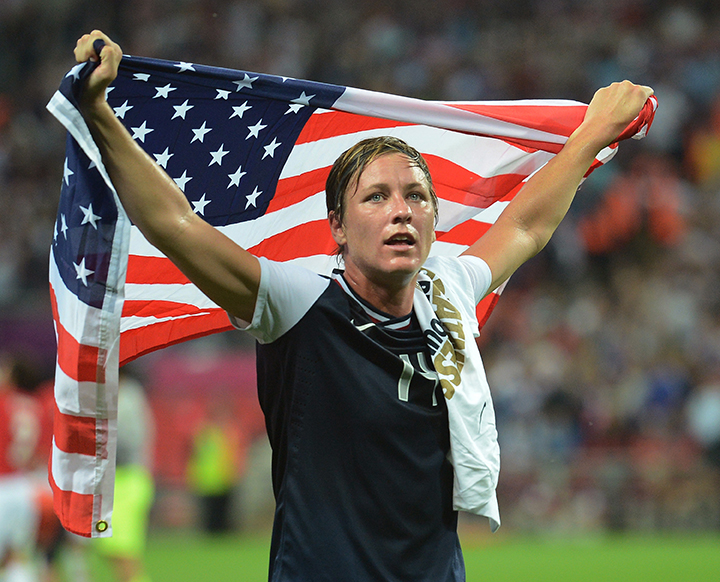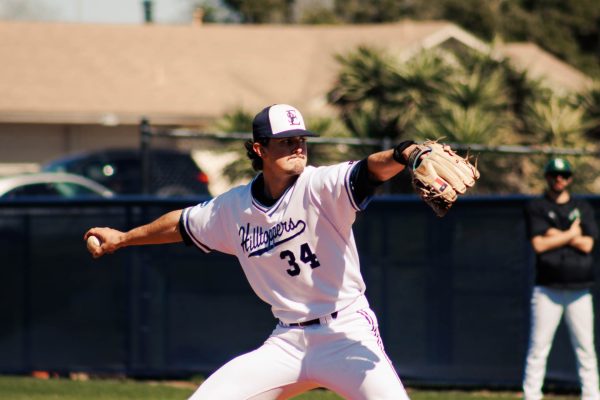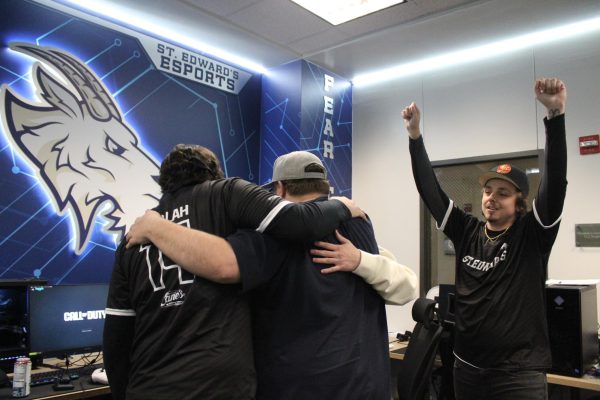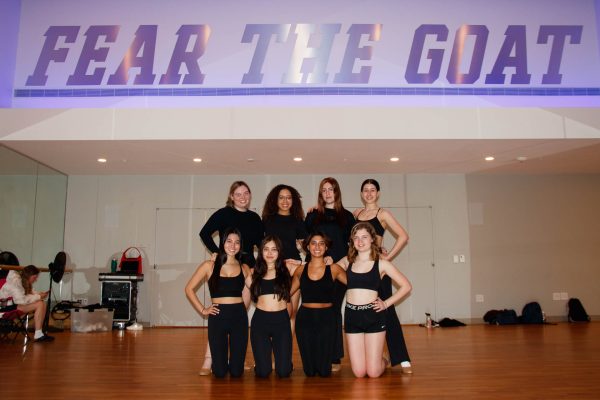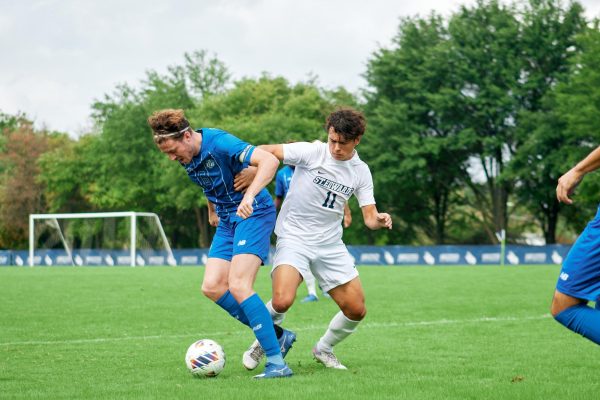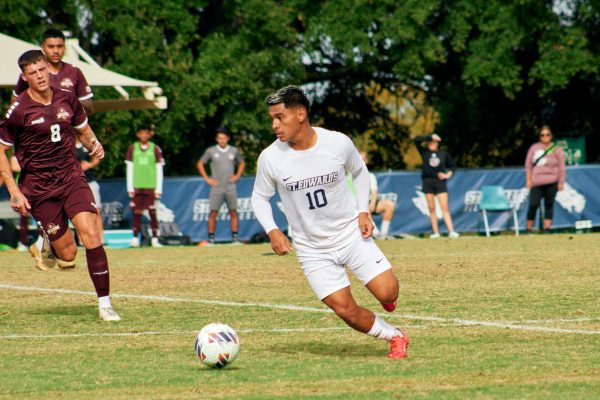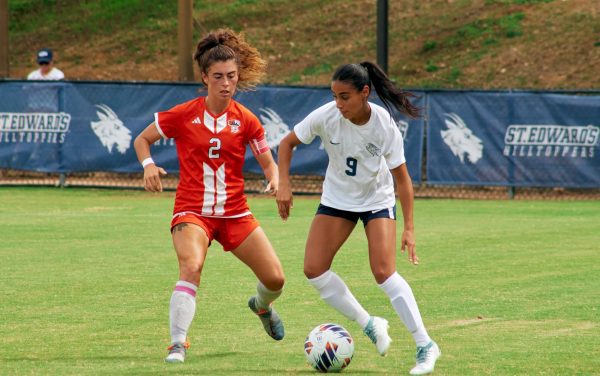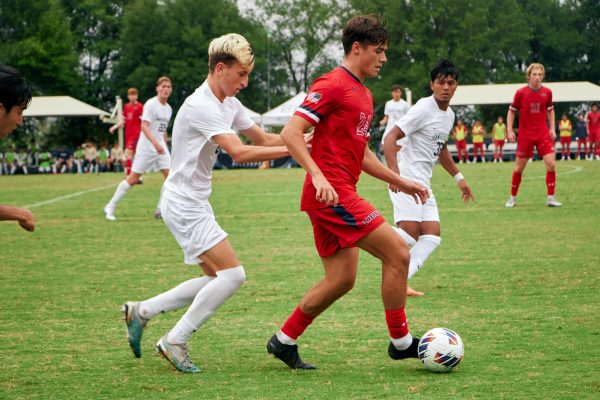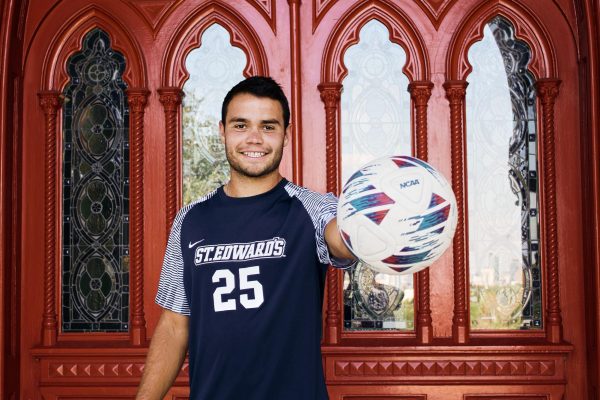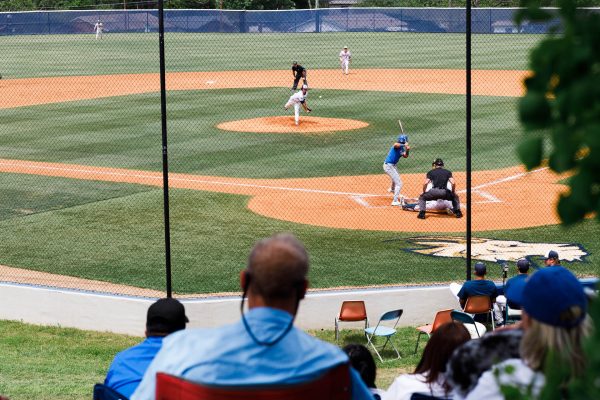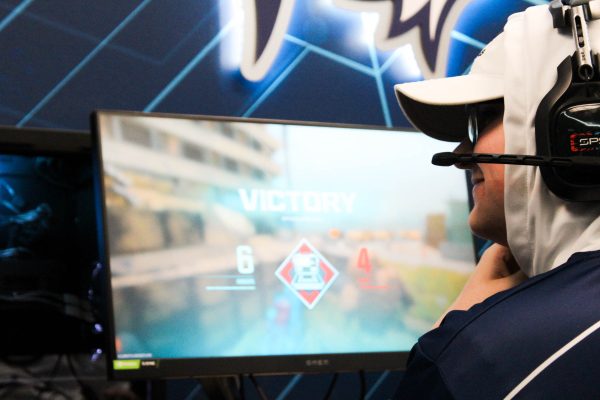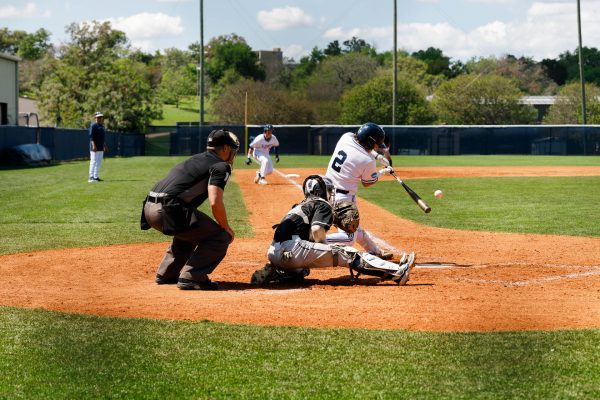Women’s professional soccer players balk at turf
USA forward Abby Wambach celebrates with a U.S. flag following a 2-1 victory over Japan in the Olympics women’s soccer final at Wembley Stadium in London, England, Thursday, August 9, 2012.
In the past 2 years, the sport of women’s soccer/football has taken huge strides on the world stage, fueled by the back-to-back success of the FIFA Women’s World Cup as well as the London Olympics. The names Abby Wambach, Hope Solo and Alex Morgan are household names in the United States, dwarfing their predecessors like Brandi Chastain and Mia Hamm in popularity. Though women’s football continues to grow at a fast pace with the resurgence of a league in the United States and a new investment in the sport in France, a few weeks ago, the growth in the sport hit a giant brick wall.
Recently it was announced that the final game of the 2015 FIFA Women’s World Cup, to be staged in Canada, would feature artificial turf instead of the grass that is a staple of the men’s game. Almost immediately, the biggest stars of the game, lead by the headstrong American, Abby Wambach began tweeting their disapproval of the decision. Wambach went on the record saying that it was “disappointing” that FIFA was not pushing for grass fields to be used at the biggest event in the sport. Football fans took it a step further and began to file online petitions that they could give to FIFA to show that fans did not want players at the 2015 World Cup to play on artificial turf, regardless of whether it was approved or not.
The problem with turf is one that stems from the fear of injury for players. A recent Stanford University that measured injuries suffered on turf and on grass in college American football showed that it was 40% “more likely to suffer knee injuries” on turf than on grass. Many of these injuries end up hurting ACL and MCLs which could leave a player out of the game for months at a time.
Most of us who played football in high school remember playing on turf, but these are not high school athletes – these are professional athletes who should have the best if they are to playing in a tournament that crowns the best in the world. Some of the biggest male stars, such as former Arsenal striker and current New York Red Bull player, Thierry Henry, have skipped games where they know the field will have turf instead of grass. FIFA has never and would never allow male footballers to play on anything but grass for a major tournament, yet an exception is being made for women? How can we grow the game among females if decisions like these show them that there will never be any chance for equality in sports? Though it has been said that the Women’s World Cup in 2015 will go on as announced, on turf instead of grass, we should continue to fight in the next two years to get the opportunity to see the best in the world on the best grass Canada has to offer so new little Alex Morgans are inspired to hold the mantle of American soccer.


